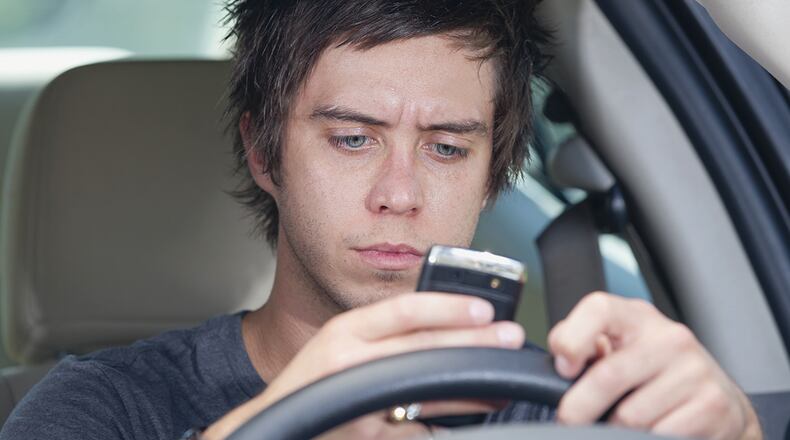Distractions can come in many forms but fall into one of three categories: manual, visual and cognitive. Any distraction has the potential for serious consequences, including deadly accidents. Here’s a look at some of the common distractions and how to avoid them.
- Mobile phone use: Texting while driving is one of the most dangerous forms of distracted driving. Texting combines cognitive, manual and visual distractions. Turn off phones while behind the wheel to help reduce the temptation to grab the phone.
- Daydreaming: Being lost in one’s thoughts can be a big distraction. Driving with something heavy on one’s mind can cause a person to lose track of the road. This may occur when experiencing intense emotions, particularly anger or stress. There’s also a condition called “highway hypnosis” that causes drivers to “zone out” while driving. It often occurs while driving on open highways for extended periods of time. Taking breaks and pulling over if you notice your mind wandering can help.
- Pets and children: Young children or unsecured pets can be very distracting in the car. As a child calls out, begins to cry or wants his or her needs met, drivers may turn to address those needs and take their eyes off the road. Pets that are moving around the vehicle also may distract a driver. All pets and children should be secure in the vehicle at all times.
- Adjusting the GPS: Recalibrating the GPS or entering an address while driving can be a distraction. It’s best not to touch the GPS unless the car is in park and at a complete stop.
- Eating or drinking: Taking hands off the wheel to enjoy that drive-thru meal can be a mistake. Looking down at food and removing hands from the wheel reduces one’s ability to steer and react immediately to sudden traffic hazards.
If drivers become knowledgeable of the significant hazards of distracted driving, they can make changes to improve overall safety. Completing certain tasks before leaving home or while the vehicle is parked can reduce the need to multitask while driving.
About the Author
